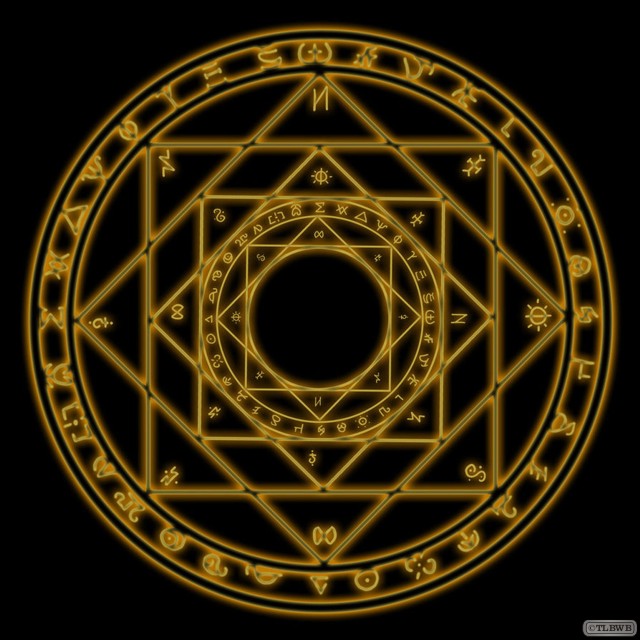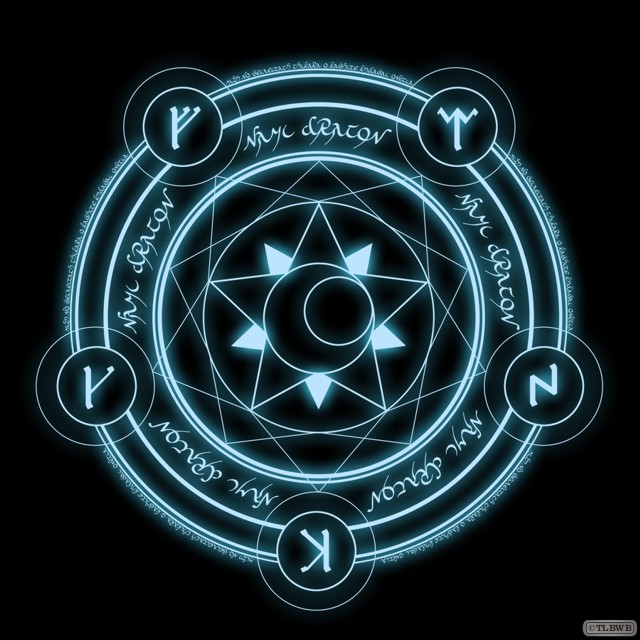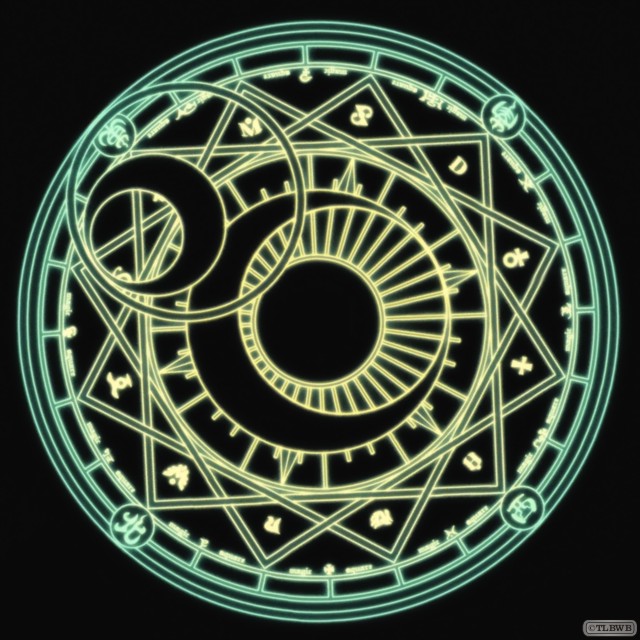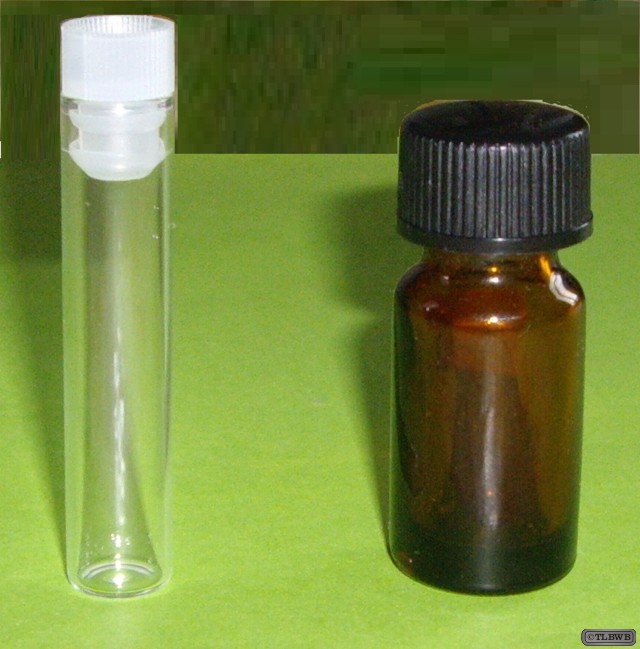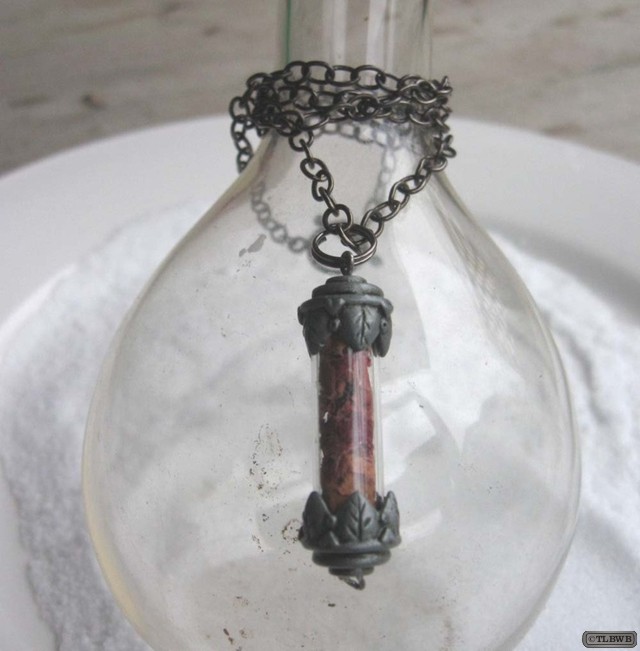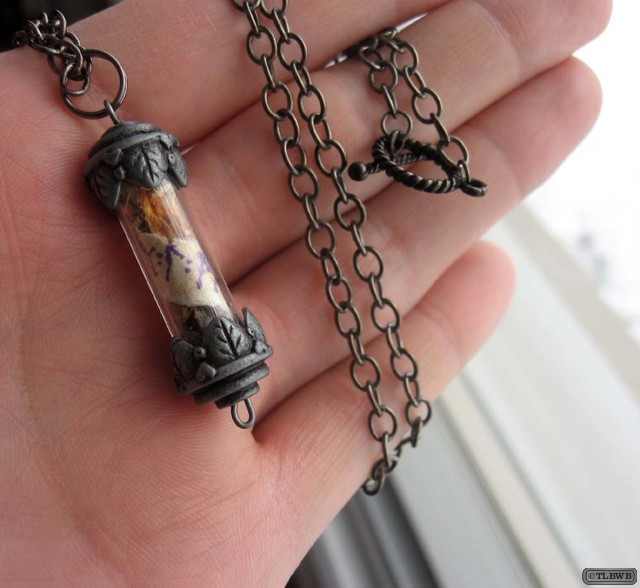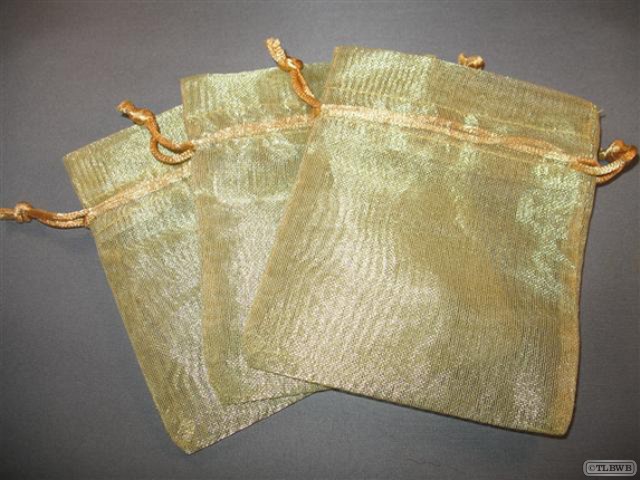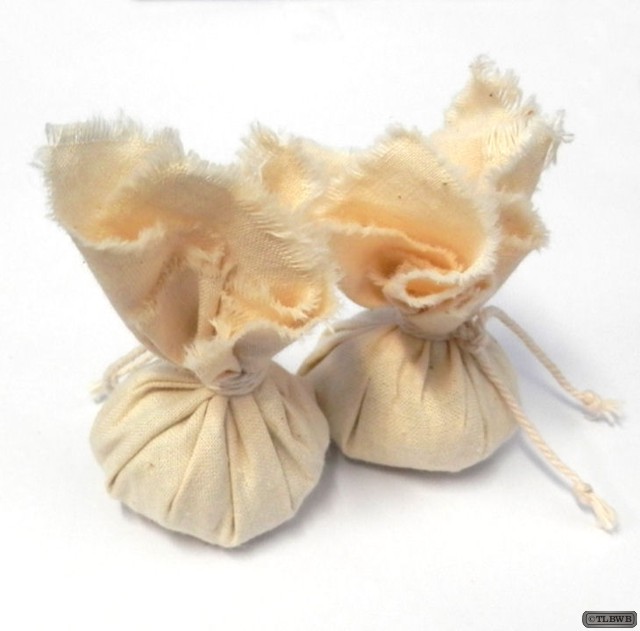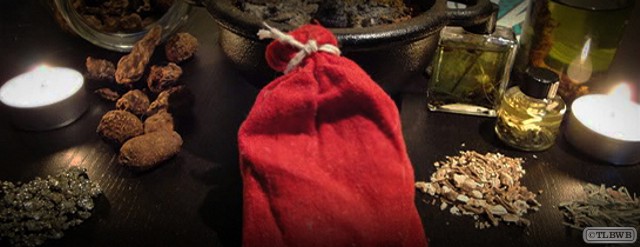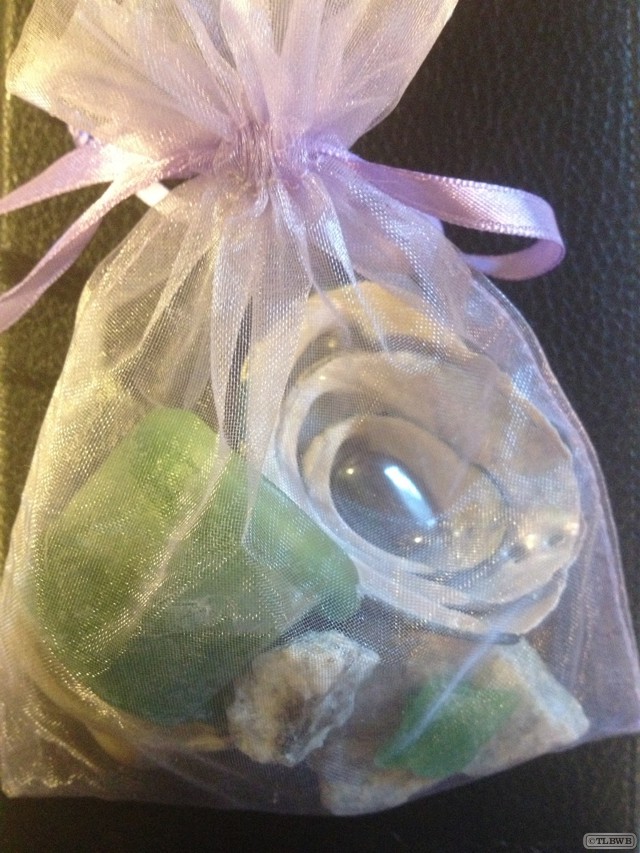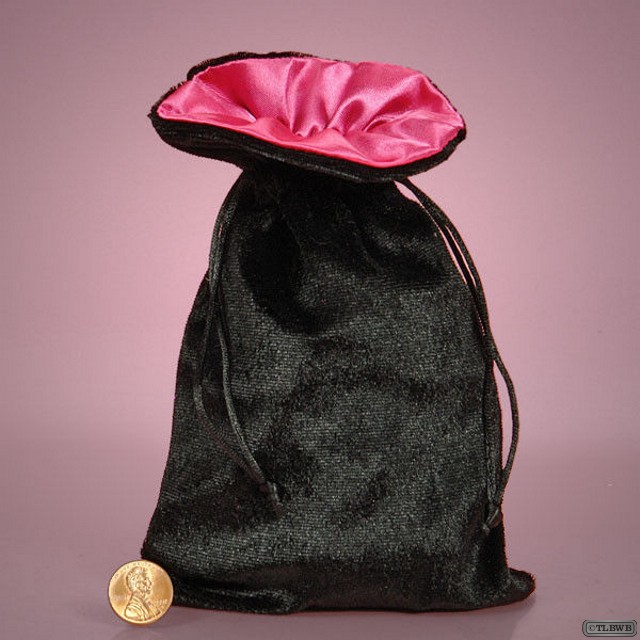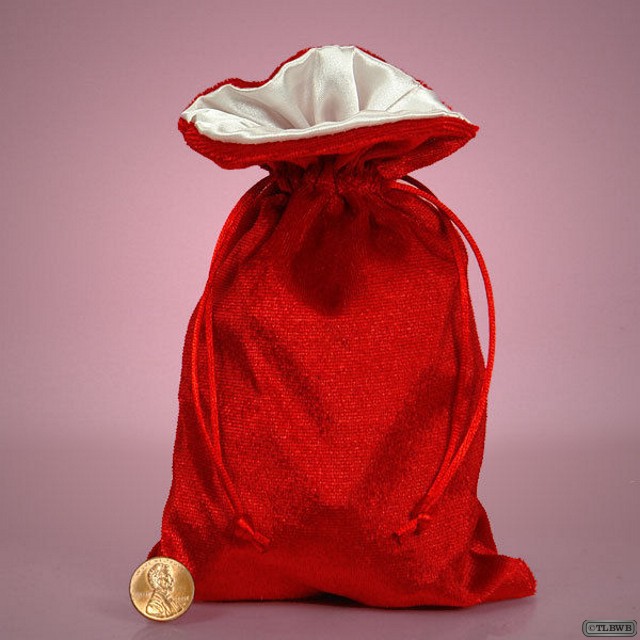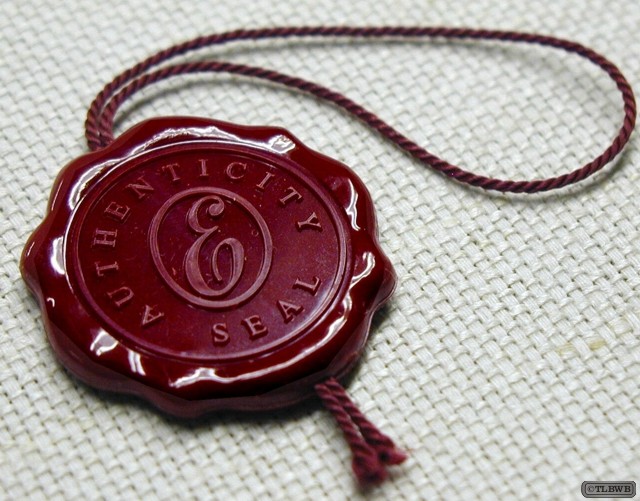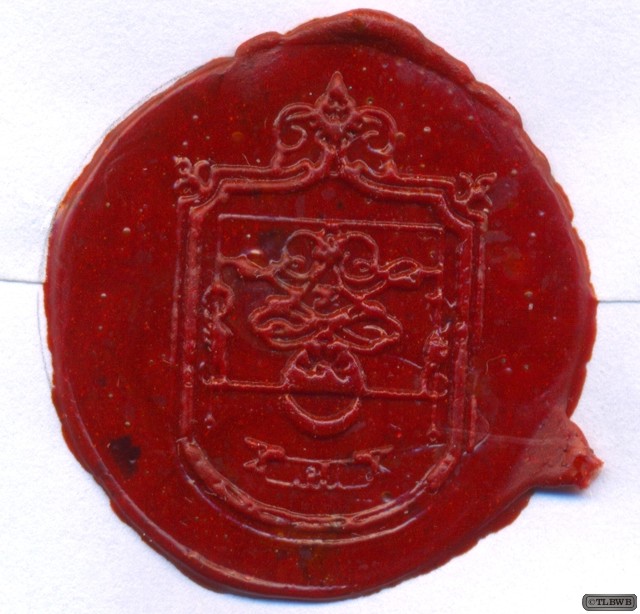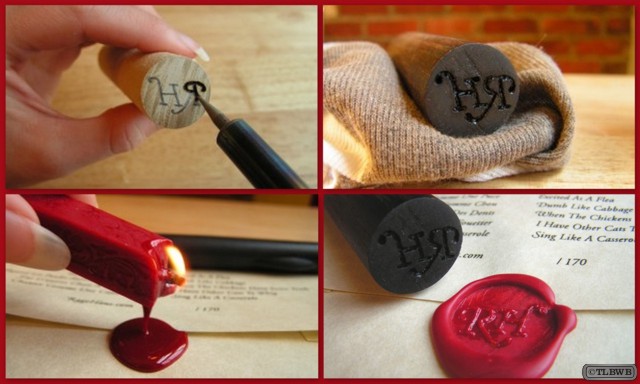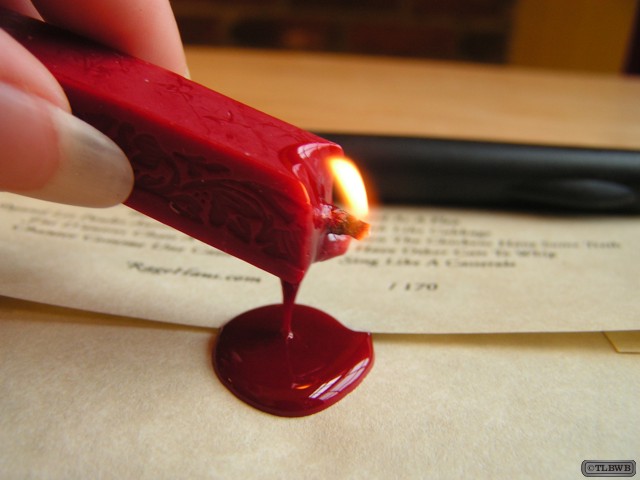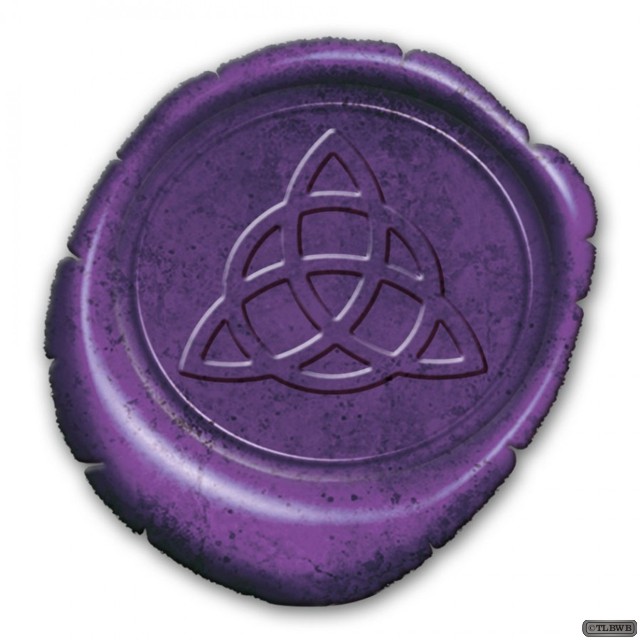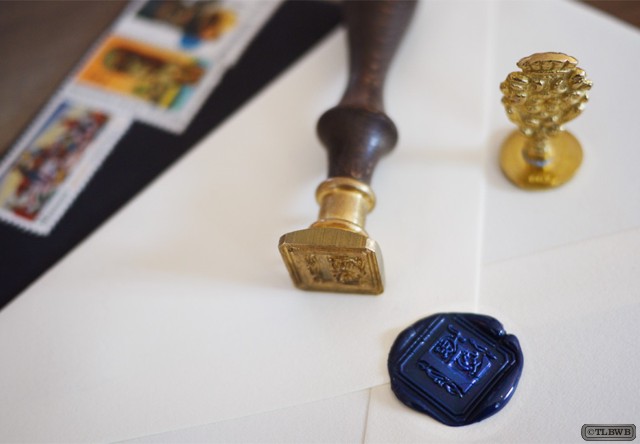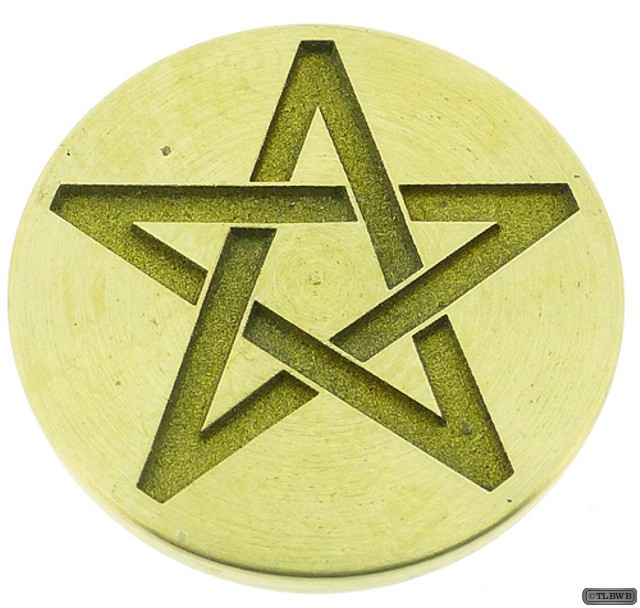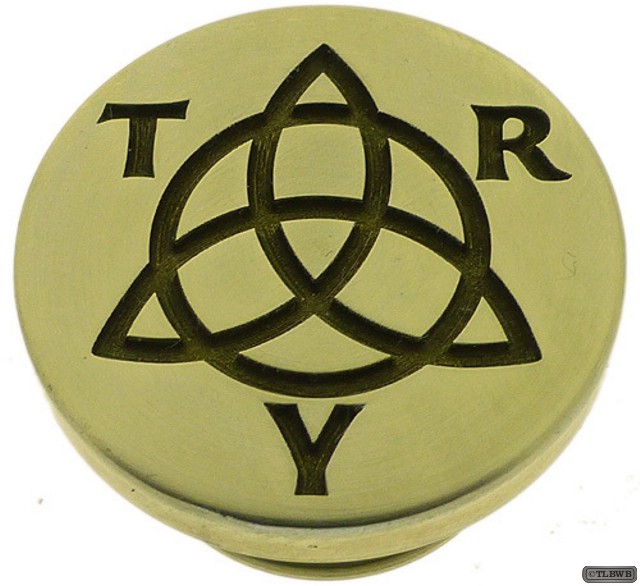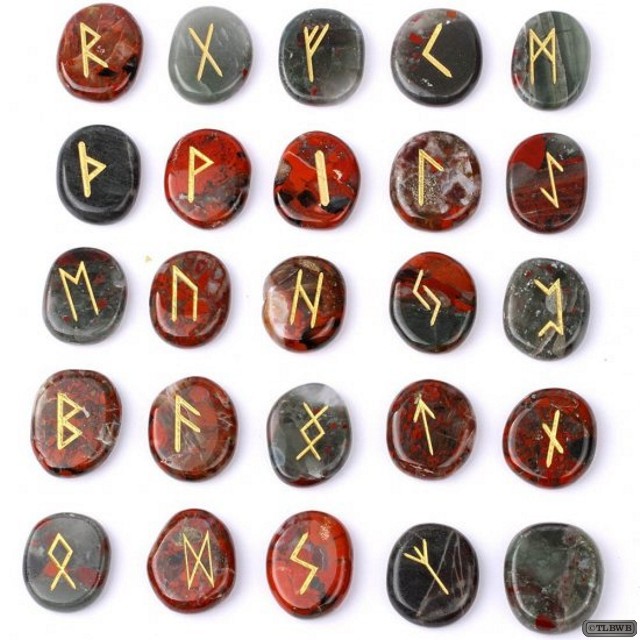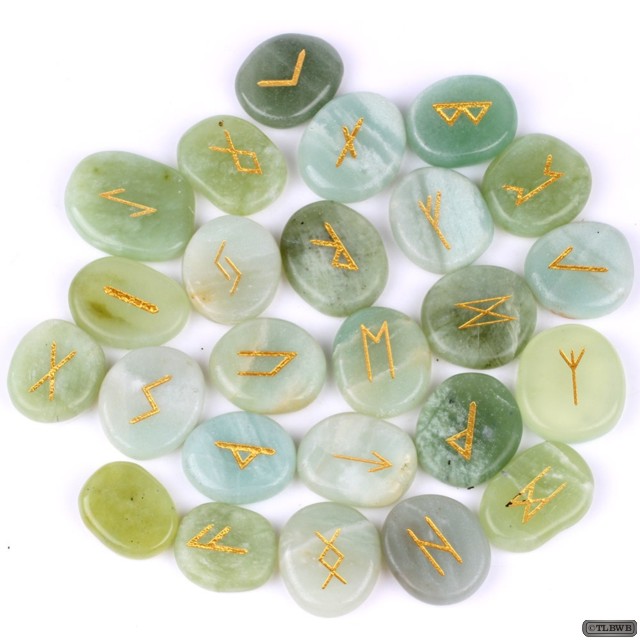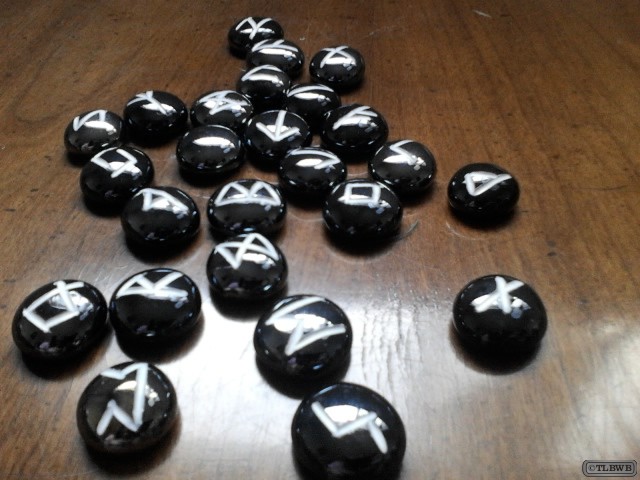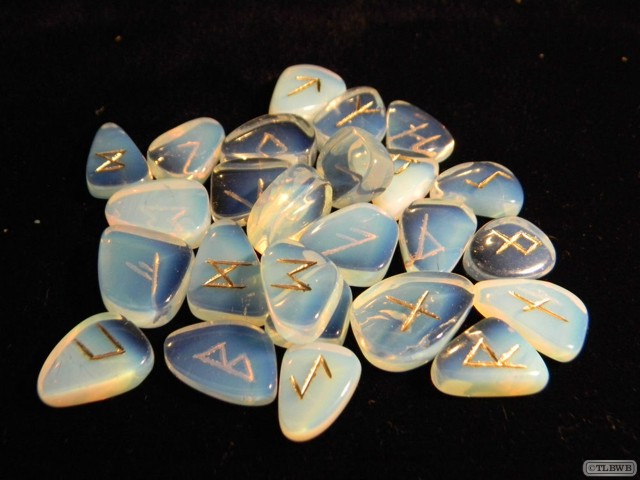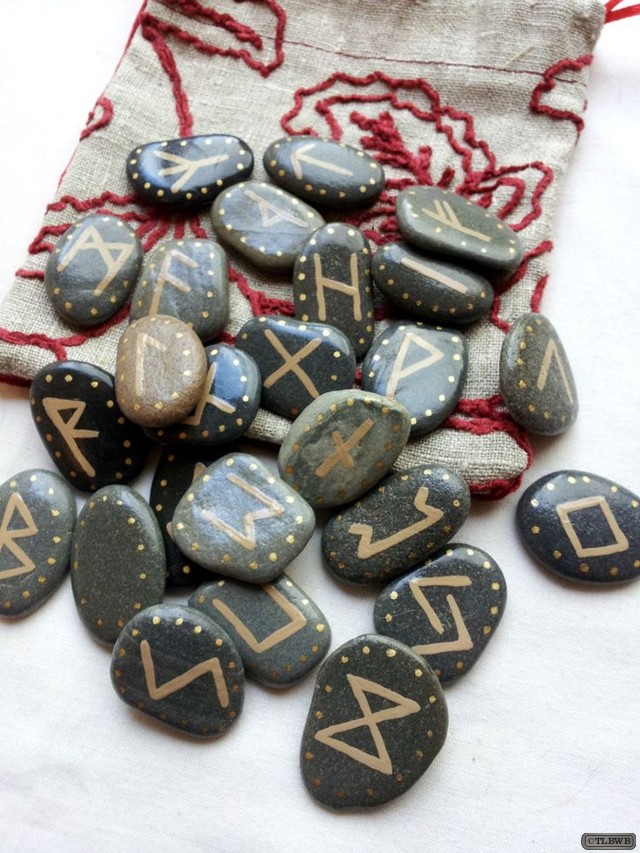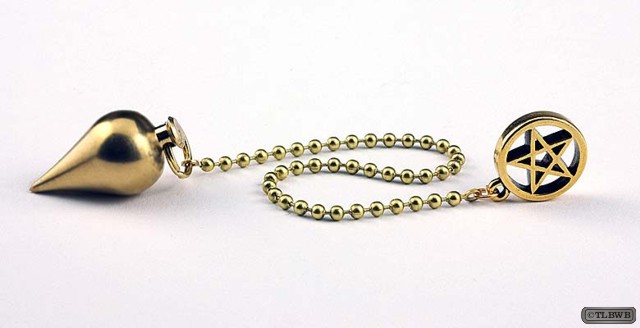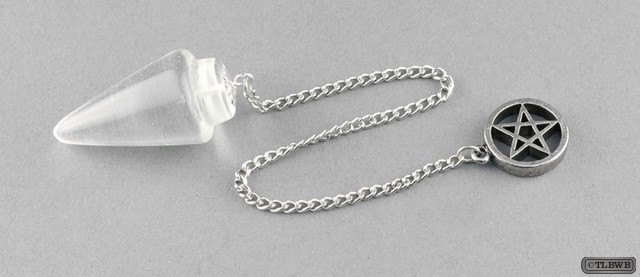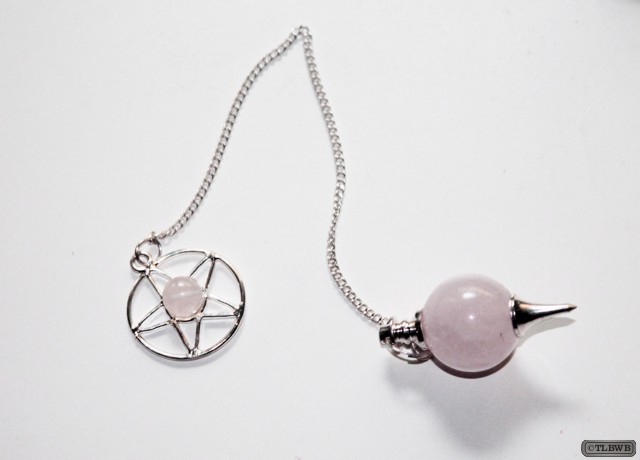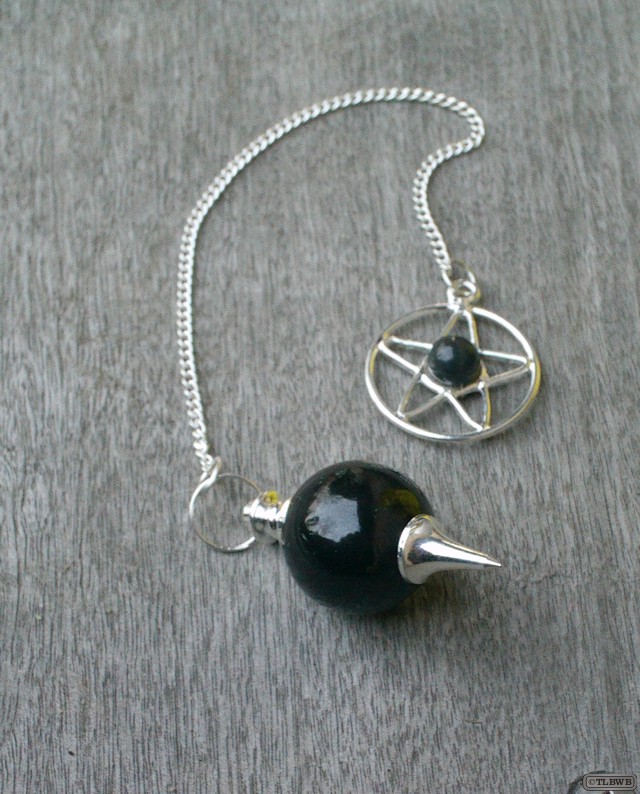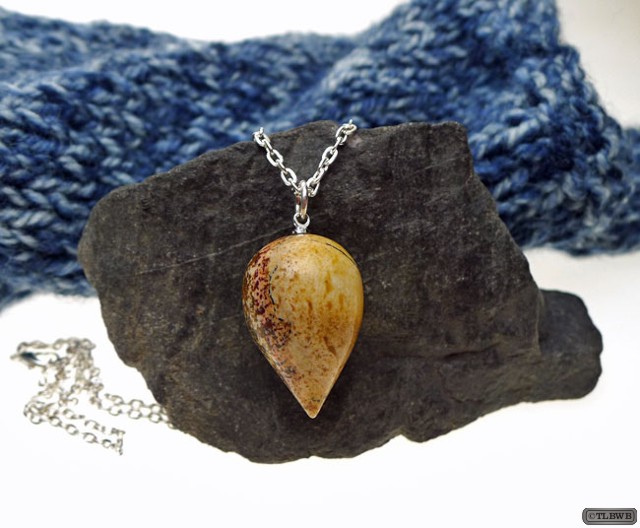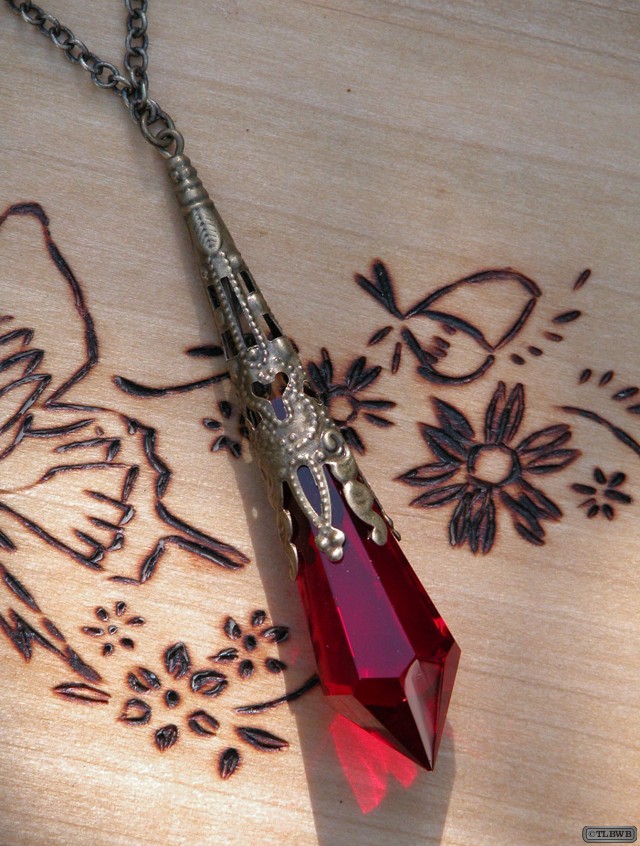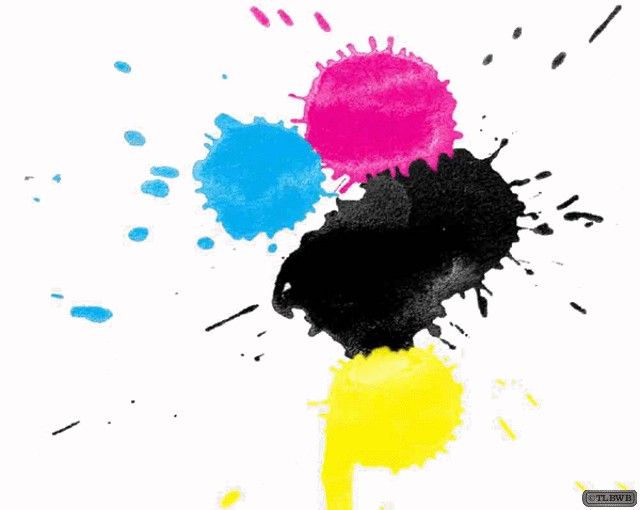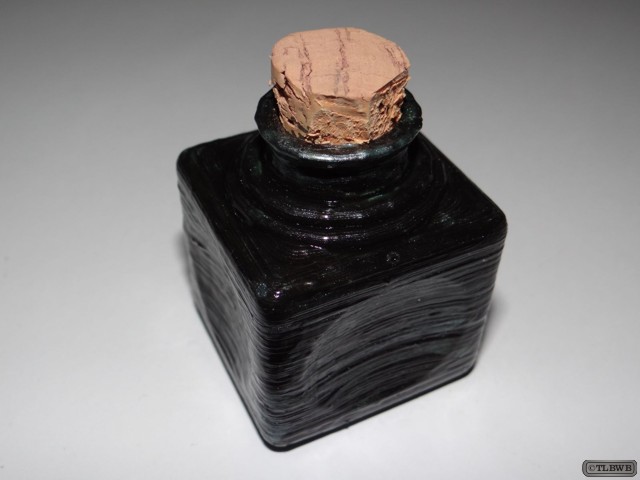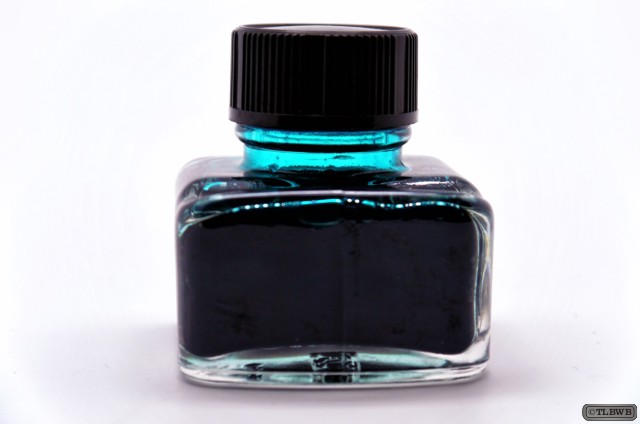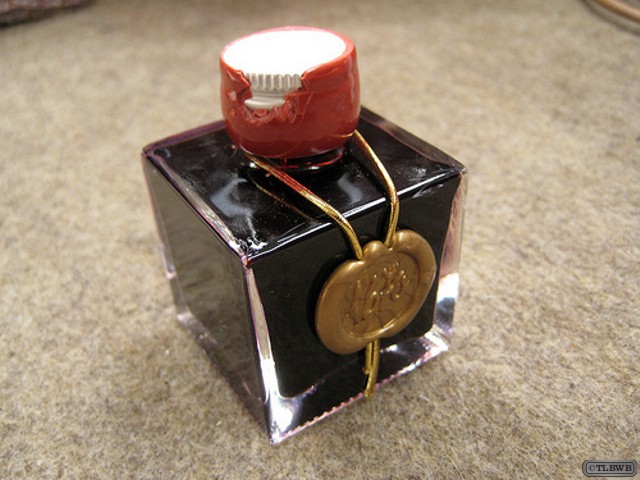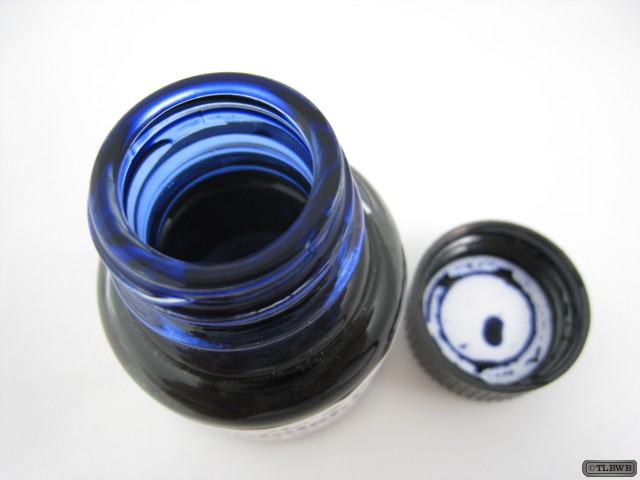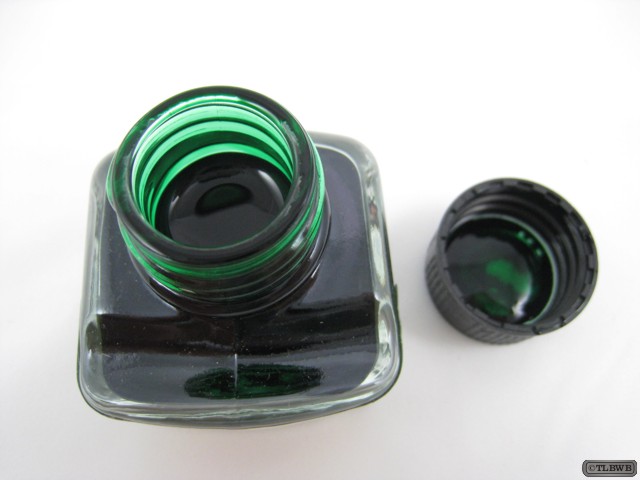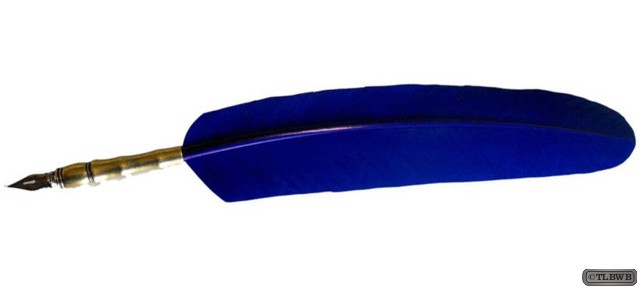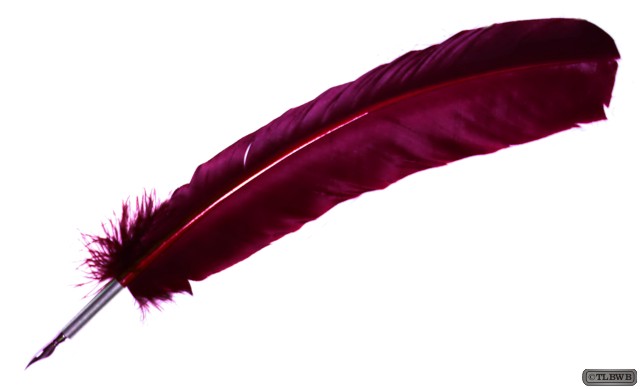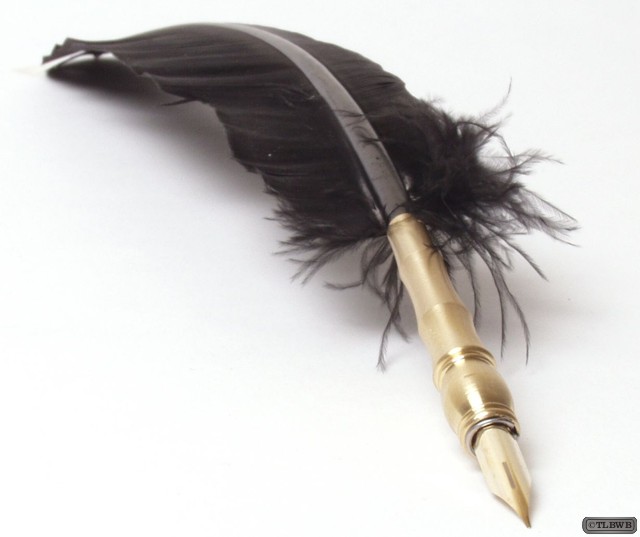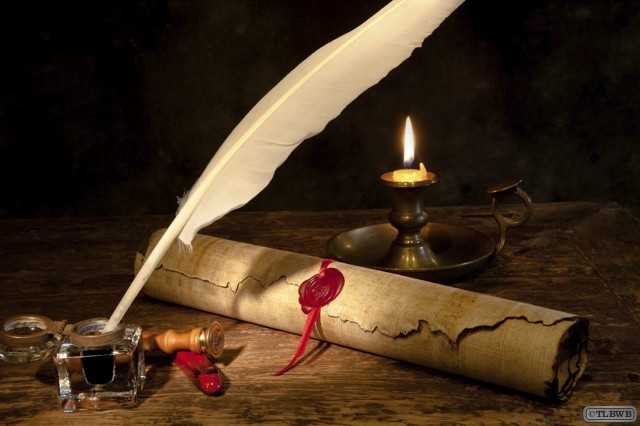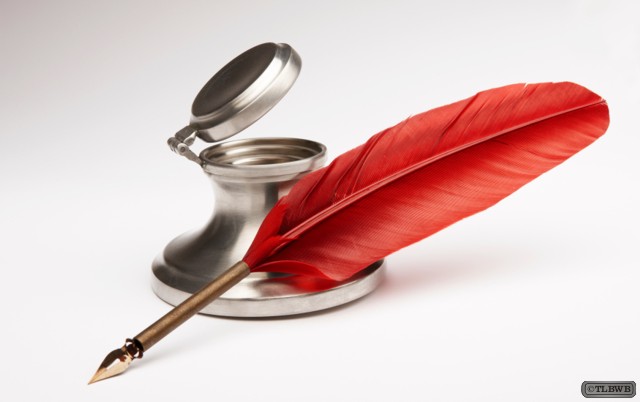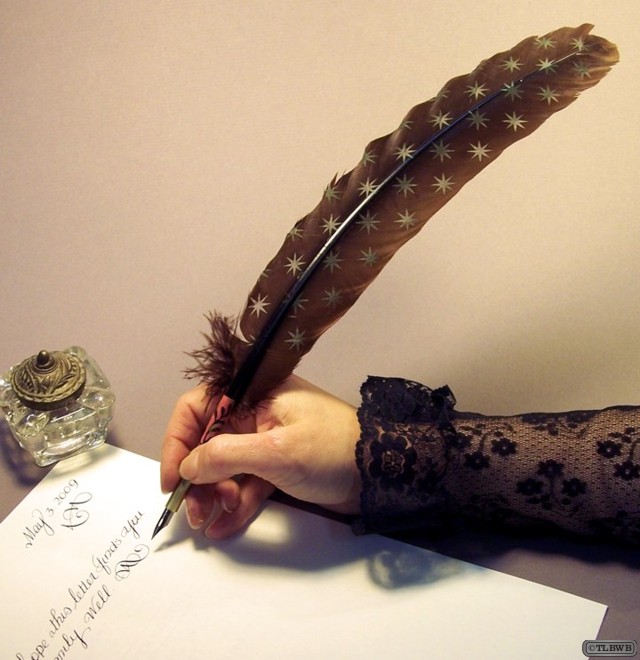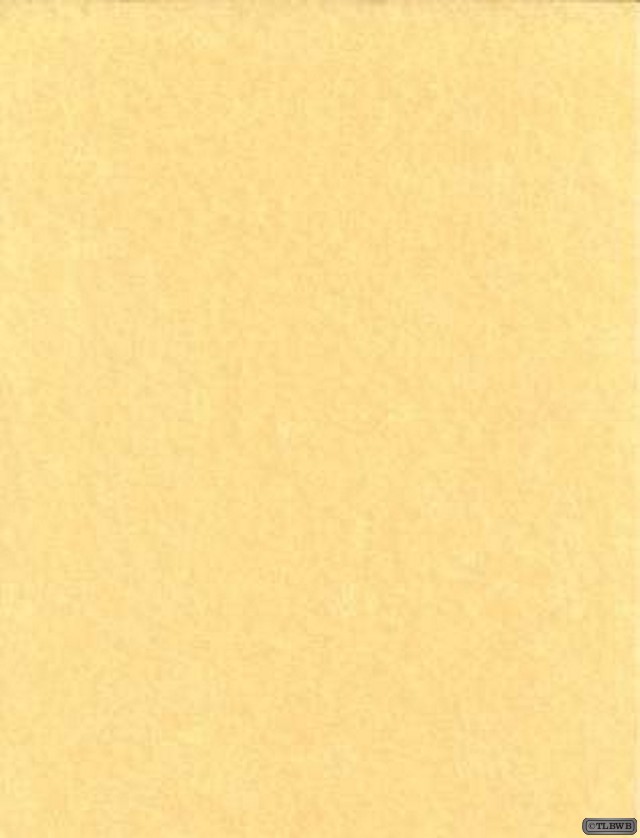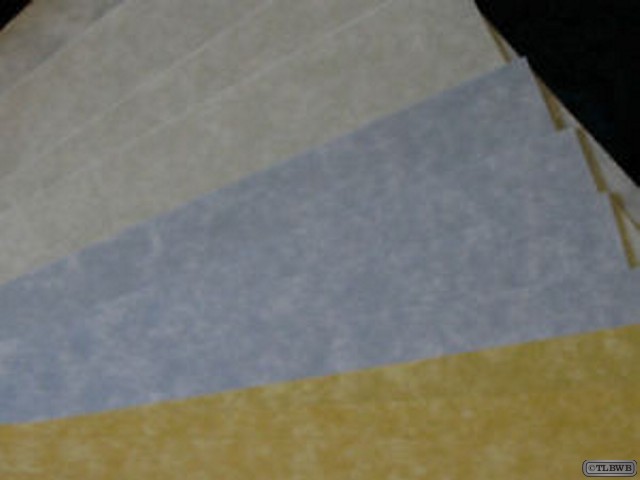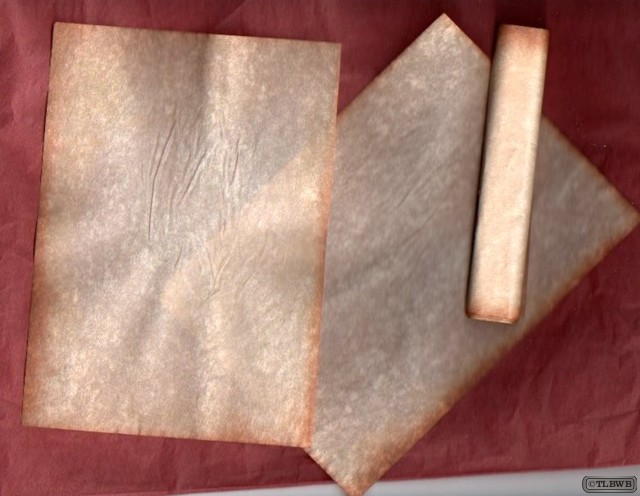Magical Tools
Magical Tools
A magic circle is circle (or sphere, field) of space marked out by practitioners of many branches of ritual magic, which they generally believe will contain energy and form a sacred space, or will provide them a form of magical protection, or both. It may be marked physically, drawn in salt or chalk, for example, or merely visualised. Its spiritual significance is similar to that of mandala and yantra in some Eastern religions.
Common Terms and Practices
A solomonic magic circle with a triangle of conjuration in the east. This would be drawn on the ground, and the operator would stand within the protection of the circle while a spirit was conjured into the triangle.
Traditionally, circles were believed by ritual magicians to form a protective barrier between themselves and what they summoned. In modern times, practitioners generally cast magic circles to contain and concentrate the energy they raise during a ritual.
Creating a magic circle is known as casting a circle, circle casting, and various other names.
Techniques
There are many published techniques for casting a circle, and many groups and individuals have their own unique methods. The common feature of these practices is that a boundary is traced around the working area. Some witchcraft traditions say that one must trace around the circle deosil three times. There is variation over which direction one should start in.
Circles may or may not be physically marked out on the ground, and a variety of elaborate patterns for circle markings can be found in grimoires and magical manuals, often involving angelic and divine names. Such markings, or a simple unadorned circle, may be drawn in chalk or salt, or indicated by other means such as with a cord.
The four cardinal directions are often prominently marked, such as with four candles. In ceremonial magic traditions the four directions are commonly related to the four archangels Michael, Gabriel, Raphael and Uriel (or Auriel), or the four classical elements, and also have four associated names of God. Other ceremonial traditions have candles between the quarters, i.e. in the north-east, north-west and so on. Often, an incantation will be recited stating the purpose and nature of the circle, often repeating an assortment of divine and angelic names.
In Wicca
In Wicca, a circle is typically nine feet in diameter, though the size can vary depending on the purpose of the circle, and the preference of the caster.
Some varieties of Wicca use the common ceremonial colour attributions for their “quarter candles”: yellow for Air in the east, red for Fire in the south, blue for Water in the west and green for Earth in the north (though these attributions differ according to geographical location and individual philosophy).
The common technique for raising energy within the circle is by means of a cone of power.
The barrier is believed to be fragile, so that leaving or passing through the circle would weaken or dispel it. This is referred to as “breaking the circle”. It is generally advised that practitioners do not leave the circle unless absolutely necessary.
In order to leave a circle and keep it intact, Wiccans believe a door must be cut in the energy of the circle, normally on the East side. Whatever was used to cast the circle is used to cut the doorway, such as a sword, staff or knife (athame), a doorway is “cut” in the circle, at which point anything may pass through without harming the circle. This opening must be closed afterwards by “reconnecting” the lines of the circle.
The circle is usually closed by the practitioner after they have finished by drawing in the energy with the athame or whatever was used to make the circle including their hand (usually in a widdershins: that is, counter-clockwise fashion). This is called closing the circle or releasing the circle. The term “opening” is often used, representing the idea the circle has been expanded and dissipated rather than closed in on itself.
The Lost Bearded White Brother
A vial (also known as a phial or flacon) is a small glass or plastic vessel or bottle, often used to store medication as liquids, powders or capsules. They can also be used as scientific sample vessels; for instance, in autosampler devices in analytical chromatography. Vial-like glass containers date back to classical antiquity; modern vials are often made of plastics such as polypropylene.
Design
There are several different types of commonly used closure systems, including screw vials (closed with a screw cap or dropper/pipette), lip vials (closed with a cork or plastic stopper) and crimp vials (closed with a rubber stopper and a metal cap). Plastic vials can have other closure systems, such as flip-tops or snap caps. A vial can be tubular, or have a bottle-like shape with a neck. The volume defined by the neck is known as the headspace. The bottom of a vial is usually flat, unlike test tubes, which have usually a rounded bottom. The small bottle-shaped vials typically used in laboratories are also known as bijou or McCartney’s bottles. The bijou bottle tends to be smaller, often with a volume of around 10 milliliters.
Wiccan
Instead of using bags or sachets to hold charms and power objects you may use tiny glass bottles. The items inside are visible and may be layered or suspended in oil or seeds. A cord or string may be attached so that the bottle can be worn or hung up.
This little vial holds a tiny protection runescript, combined with carefully selected gemstones and herbs believed in Wiccan and Pagan traditions to guard the wearer from negativity and harm, be it physical, emotional or spiritual. Wear as an amulet or hang in the home.
The pendant will be on a gunmetal chain in the length of your choice. This necklace comes ready for gift giving, in an organza bag alongside a tea-stained little scroll explaining the purpose of the pendant, as shown in the picture. I also include instructions on how to use your amulet, such as cleansing and empowering. While I create all of my spell items with serious intent and focus for you, it is also very important that you connect your own energy to it as well.
The Lost Bearded White Brother
A bag that has been sewn together is called a “sachet”. A sachet is usually made of muslin and may be cut into any shape (to suit the magic), such as a heart or a star before it’s sewn together. Sachets usually contain only botanical materials such as herbs and flowers.
Here are a few examples of herbs that you could use:
- Cedar: Female energy and protection
- Cinnamon: Protection and love
- Mint: Protection and luck
- Nutmeg: Luck and fidelity
- Rose Petals: Love
- Sage: Cleansing, healing and protection
Bags and sachets may be decorated with symbols or pictures that are relevant to the magic such as:
- Astrological Symbols
- Letters
- Numbers
- Pictures of Animals
- Pictures of Mythic Animals
- Pictures of Sacred Beings
- Religious Symbols
- Runes
- Sigils
The Lost Bearded White Brother
A charm bag is simply a magic spell inside a bag. They are spells in a bag and the most popular way of carrying power items with you.
To make a charm bag, simply fill with one or more magically charged items. Magically charged items may include herbs, stones, charms, drops of essential or magic oils, amulets and crystals.
Charm bags may be as simple as a square of fabric tied together or they may be beautifully embroidered hand made works of art. They may be made of silk, leather, metal or any fabric. The choice is yours, but keep in mind that the container is part of the spell.
Bag Colours
- Gold: Wealth, protection and the God
- Silver: Prosperity, the Moon, psychic and the Goddess
- Yellow: Healing, and finding employment
- Orange: Communication, messages and travel
- Green: Prosperity, abundance, friendship, growth and nature
- Blue: Peace, calm, wisdom and benevolence
- Purple: Wisdom, mysteries, wealth, grandeur and justice
- Red: Success, strength, romance and protection
- Pink: Love, friendship and healing
- Brown: Houses, home, justice, Earth and permanence
- Black: Absorbs and dissolves baneful energy
Bags with drawstring closures are useful because you can open and close them, adding materials as they are found or needed. A closed bag is called a “hand”.
Here are a few examples of stones that you could place in your bag:
- Aluminum: Travel and communication
- Amethyst: Wisdom and psychic powers
- Aventurine: Healing and prosperity.
- Clear Quartz: Good for any purpose
- Copper: Love and healing
- Gold: Prosperity and protection
- Iron: Protection and strength
- Moonstone: Emotions, peace and love
- Rose Quartz: Love and harmony
- Silver: Protection, Lunar power, love and prosperity
- Tiger’s Eye: Wealth and protection
- Tin: Wealth and honour
Here are a few examples of charms that you could place in your bag:
- Acorn: Luck, prosperity,protection from lightning, and sexual potency
- Broom: Brushes away negative influences, sweeps in luck, protection, wealth and good into the home
- Clover: Life, luck and abundance
- Hammer: Luck and a means of driving out evil
- Horn: Repel the”evil eye”, a symbol of nature and fertility and sexuality
- Horseshoe: Luck
- Key: Power, luck which lock it opens, hidden things
- Lightning-Struck Wood: Protection against all harm
- Pine Cone: Luck, favourable influences,protection from harm, sexual power, repels baneful influences
- Religious Symbol: Symbols of various religions are held to be protective
- Salt: Purification, repels evil and attracts wealth
- Silver: Protection, wealth and the blessing of all Goddesses
- Toadstone: Heal illnesses and to repel evil and is a fossilized shark’s tooth
The Lost Bearded White Brother
Sealing wax is a wax material of a seal which, after melting, hardens quickly (to paper, parchment, ribbons and wire, and other material) forming a bond that is difficult to separate without noticeable tampering. Wax is used to verify something such as a document is unopened, to verify the sender’s identity, for example with a signet ring, and as decoration. Sealing wax can be used to take impressions of other seals. Wax was used to seal letters close and later, from about the 16th century, envelopes. Before sealing wax, the Romans used bitumen for this purpose.
Composition
Formulas vary, but there was a major shift after European trade with the Indies opened. In the Middle Ages sealing wax was typically made of beeswax and ‘Venice turpentine’, a greenish-yellow resinous extract of the European Larch tree. The earliest such wax was uncolored; later the wax was colored red with vermilion. From the 16th century it was compounded of various proportions of shellac, turpentine, resin, chalk or plaster, and coloring matter (often vermilion, or red lead), but not necessarily beeswax. The proportion of chalk varied; coarser grades are used to seal wine bottles and fruit preserves, finer grades for documents. In some situations, such as large seals on public documents, beeswax was used. On occasion, sealing wax has historically been perfumed by ambergris, musk and other scents.
By 1866 many colors were available: gold (using mica), blue (using smalt or verditer), black (using lamp black), white (using lead white), yellow (using the mercuric mineral turpeth, also known as Schuetteite), green (using verdigris) and so on. Some users, such as the British Crown, assigned different colors to different types of documents. Today a range of synthetic colors is available.
Method of Application
Sealing wax is available in the form of sticks, sometimes with a wick, or as granules. The stick is melted at one end (but not ignited or blackened), or the granules heated in a spoon, normally using a flame, and then placed where required, usually on the flap of an envelope. While the wax is still soft, the seal (preferably at the same temperature as the wax, for the best impression) should be quickly and firmly pressed into it and released.
Modern Use
The modern day has brought sealing wax to a new level of use and application. Traditional sealing wax candles are produced in Canada, France and Scotland, with formulations similar to those used historically.
Since the advent of a postal system, the use of sealing wax has become more for ceremony than security. Modern times have required new styles of wax, allowing for mailing of the seal without damage or removal. These new waxes are flexible for mailing and are referred to as glue-gun sealing wax, faux sealing wax and flexible sealing wax.
Wiccan
Seal your spells, parchments, petitions, letters, and more with this elegant Wicca Triquetra & Pagan Pentacle Sealing Wax! This sealing wax kit comes with one stick of natural, purple sealing wax and a metal seal, which has been engraved with the Wiccan symbol of the Triquetra & Pentacle. This makes a great gift for Witches, Pagans, Heathens, Celts and friends.
The Lost Bearded White Brother
Runes are the letters in a set of related alphabets known as runic alphabets, which were used to write various Germanic languages before the adoption of the Latin alphabet and for specialised purposes thereafter. The Scandinavian variants are also known as futhark or fuþark (derived from their first six letters of the alphabet: F, U, Þ, A, R, and K); the Anglo-Saxon variant is futhorc or fuþorc (due to sound changes undergone in Old English by the names of those six letters).
Runology is the study of the runic alphabets, runic inscriptions, runestones, and their history. Runology forms a specialised branch of Germanic linguistics.
The earliest runic inscriptions date from around 150 AD. The characters were generally replaced by the Latin alphabet as the cultures that had used runes underwent Christianisation, by approximately 700 AD in central Europe and 1100 AD in northern Europe. However, the use of runes persisted for specialized purposes in northern Europe. Until the early 20th century, runes were used in rural Sweden for decorative purposes in Dalarna and on Runic calendars.
The three best-known runic alphabets are the Elder Futhark (around 150-800 AD), the Anglo-Saxon Futhorc (400-1100 AD), and the Younger Futhark (800-1100 AD). The Younger Futhark is divided further into the long-branch runes (also called Danish, although they were also used in Norway and Sweden); short-branch or Rök runes (also called Swedish-Norwegian, although they were also used in Denmark); and the stavlösa or Hälsinge runes (staveless runes). The Younger Futhark developed further into the Marcomannic runes, the Medieval runes (1100-1500 AD), and the Dalecarlian runes (around 1500-1800 AD).
Runic Magic
There is some evidence that, in addition to being a writing system, runes historically served purposes of magic. This is the case from earliest epigraphic evidence of the Roman to Germanic Iron Age, with non-linguistic inscriptions and the alu word. An erilaz appears to have been a person versed in runes, including their magic applications.
In medieval sources, notably the Poetic Edda, the Sigrdrífumál mentions “victory runes” to be carved on a sword, “some on the grasp and some on the inlay, and name Tyr twice.”
In early modern and modern times, related folklore and superstition is recorded in the form of the Icelandic magical staves. In the early 20th century, Germanic mysticism coins new forms of “runic magic”, some of which were continued or developed further by contemporary adherents of Germanic Neopaganism. Modern systems of runic divination are based on Hermeticism, classical Occultism, and the I Ching.
The Lost Bearded White Brother
A pendulum is a weight suspended from a pivot so that it can swing freely. When a pendulum is displaced sideways from its resting equilibrium position, it is subject to a restoring force due to gravity that will accelerate it back toward the equilibrium position. When released, the restoring force combined with the pendulum’s mass causes it to oscillate about the equilibrium position, swinging back and forth. The time for one complete cycle, a left swing and a right swing, is called the period. The period depends on the length of the pendulum, and also to a slight degree on the amplitude, the width of the pendulum’s swing.
Wiccan Pendulum
Pendulums are one of the oldest of divination tools and are a form of dowsing. In Europe the scientific use of a pendulum is called Radiesthesia and is a well accepted form of gaining information. They can be used for locating just about anything including water, gold, and oil. During the Vietnam war they were used by soldiers to locate underground mines and tunnels. In France doctors have used pendulums to help with diagnoses and many people have used them to predict the gender of their unborn babies. You can even use a pendulum on a map to discover a great place for a trip or a new place to live. Simply hold the pendulum over a map and ask “Is this the place?” Some pendulums come with small chambers that can be loaded with the substance that you are seeking such as water or gold. Loading the pendulum programs it to find that substance.
A pendulum is one of the simplest and easiest forms of divination. It’s a simple matter of Yes/No questions being asked and answered. Typically, most people use a crystal or stone, but you can use any object that’s got a bit of weight to it.
Charge Your Pendulum
To charge your pendulum, place it overnight in water or salt. Remember that some crystals will degrade in salt, so be sure to check before you do this. Another option is to leave the pendulum outside overnight in the moonlight.
Calibrate Your Pendulum
To calibrate your pendulum simply means you’re checking it to see how it’s working. To do this, hold it by the free end of the chain so that the weighted end is loose. Make sure you keep it perfectly still. Ask a simple Yes/No question to which you already know the answer is Yes, such as “Am I female?” or “Do I live in California?”
Keep your eye on the pendulum, and when it starts moving, note whether it goes side to side, forwards to backwards, or some other direction. This indicates your “Yes” direction.
Now, repeat the process, asking a question to which you know the answer is No. This will give you your “No” direction. It’s a good idea to do this a few times with different questions, so you can get a feel for how your pendulum responds to you. Some will swing horizontally or vertically, others swing in small or large circles, others don’t do a whole lot unless the answer is really important. Once you’ve calibrated your pendulum and gotten to know it a bit, you can use it for some basic divination.
The Lost Bearded White Brother
Ink is a liquid or paste that contains pigments or dyes and is used to color a surface to produce an image, text, or design. Ink is used for drawing or writing with a pen, brush, or quill. Thicker inks, in paste form, are used extensively in letterpress and lithographic printing.
Ink can be a complex medium, composed of solvents, pigments, dyes, resins, lubricants, solubilizers, surfactants, particulate matter, fluorescents, and other materials. The components of inks serve many purposes; the ink’s carrier, colorants, and other additives affect the flow and thickness of the ink and its appearance when dry.
History
Many ancient cultures around the world have independently discovered and formulated inks for the purposes of writing and drawing. The knowledge of the inks, their recipes and the techniques for their production comes from archaeological analysis or from written text itself.
The ink was first invented in India. The Indian inks used natural plant (plant dyes), and mineral inks based on such materials as graphite that were ground with water and applied with ink brushes. The best inks for drawing or painting on paper or silk are produced from the resin of the pine tree. They must be between 50 and 100 years old. The Chinese inkstick is produced with a fish glue, whereas Japanese glue is from cow or stag.
The process of making India ink was known in China as early as the middle of the 3rd millennium BC, during Neolithic China. India ink was first invented in China, although the source of materials to make the carbon pigment in India ink was later often traded from India, thus the term India ink was coined. The traditional Chinese method of making the ink was to grind a mixture of hide glue, carbon black, lampblack, and bone black pigment with a pestle and mortar, then pouring it into a ceramic dish where it could dry. To use the dry mixture, a wet brush would be applied until it reliquified. The manufacture of India ink was well-established by the Cao Wei Dynasty (220-265 AD). Indian documents written in Kharosthi with ink have been unearthed in Chinese Turkestan. The practice of writing with ink and a sharp pointed needle was common in early South India. Several Buddhist and Jain sutras in India were compiled in ink.
Wiccan Ink
Add power to your spells by writing them with magical ink!
Because these magical inks are made from only natural ingredients, separation may occur. This is normal. Please make sure to shake well before use.
Dragon’s Blood Ink
Color: Red
Good for protection, energy, and purification. Adds power to any spell, incantation, or other charm. Increases potency of your spells. Has strong banishing powers against negative influences, and will drive away negativity.
Dove’s Blood Ink
Color: Red
Good for love, romance, friendship, and peace. Add power to love spells. Thank your spiritual guides and helpers. Ignite romance and passion.
Bat’s Blood Ink
Color: Red
Good for domination, command, curses, and hexes. Great for summoning spirits. Good for binding spells. Also use for spells of mystery, darkness, and all things hidden.
Butterfly’s Blood Ink
Color: Golden Yellow
Good for change, inspiration, and expression. Helpful for calling on the element of air. Magical aid for artists, brings creativity. Aids in communication, for both the physical and spiritual realms. Once dry on your parchment, Butterfly’s Blood Ink is nearly invisible. Which makes this ink excellent for spell working that relies on the subconscious, or sigils.
Raven’s Blood Ink
Color: Copper Red
For healing, transformation, and mystery. Good for healing spells. Excellent to use in spells bringing about transformation, or spells to ease one’s mind when faced with a life transformation. Use this ink when you want to add an air of mystery to your spell workings.
Raven’s Feather Ink
Color: Dark Red
For commanding spells and spells to contact the dead. Good for summoning spirits, banishing spirits, and exorcisms. Use this ink to create your own “talking” boards for contacting spirits, or for mediums to write out their questions for the dead.
Lampblack Ink
Color: Black
Lampblack ink adds extra power to any spell. Particularly useful for wisdom and knowledge spells, making this an excellent ink for writing in a witch’s book of shadows. You can also charge Lampblack ink with specific intent by coordinating the color of the candle used to create the Lampblack soot.
Invisible Ink
Color: Invisible
Write on a piece of paper with lemon juice. When you want to read what has been written, warm the paper by candle light. (Don’t burn it!) The words will “magically” appear.
Alchemy Ink
Color: Blue
With lavender for transformation, change, dreams, imagination and fairie magic.
Wishes Ink
Color: Green
With sage for wishes, desires and magic related to the material plane.
Sweet Talk Ink
Color: Red
With rose for love, friendship, and relationship magic.
Vision Quest Ink
Color: Purple
With hyssop for clairvoyance, intuition, divination, and magic involving the psyche.
Monk’s Ink
Color: Black
For general magical and mundane use.
The Lost Bearded White Brother
A quill pen is a writing implement made from a moulted flight feather (preferably a primary wing-feather) of a large bird. Quills were used for writing with ink before the invention of the dip pen, the metal-nibbed pen, the fountain pen, and, eventually, the ballpoint pen. The hand-cut goose quill is rarely used as a calligraphy tool, because many papers are now derived from wood pulp and wear down the quill very quickly. However, it is still the tool of choice for a few professionals and provides an unmatched sharp stroke as well as greater flexibility than a steel pen.
In a carefully prepared quill the slit does not widen through wetting and drying with ink. It will retain its shape adequately and only requires infrequent sharpening and can be used time and time again until there is little left of it. The hollow shaft of the feather (the calamus) acts as an ink reservoir and ink flows to the tip by capillary action.
The strongest quills come from the primary flight feathers discarded by birds during their annual moult. Generally the left wing (it is supposed) is favored by the right-handed majority of writers because the feather curves away from the sight line, over the back of the hand. This is actually urban myth. The quill barrel is cut to six or seven inches in length, so no such consideration of curvature or ‘sight-line’ is necessary. Additionally, writing with the left-hand in the long era of the quill was discouraged, and quills were never sold as left and right-handed, only by their size and species.
The Lost Bearded White Brother
This calligraphy parchment paper has a fine surface texture that is excellent with inks. Specially designed for calligraphic projects. Parchment paper is ideal for invitations, certificates, stationery and student artwork. This collection of parchment-toned paper includes dozens of sheets in assorted tints, each with a smooth surface for even, fluid ink flow.
More durable than ordinary paper and imbued with a pale cream color, this heavy parchment pack is perfect for the rigors of spellcraft.
Use it in Journals if your pages are wearing out or you need to add some pages to it!!!
Write spells or Sabbats Recipes. This is Heavy Good Quality Parchment Paper.
Magical Uses:
This parchment can be used for many things including, creating your own spell work, spell magic for rituals to placed in your BOS, Book of shadows, for ceremonies & incantations & Scrolls. Also can be used a journal or diary pages.
This is True spell parchment not just colored paper or thick vellum board.
The Lost Bearded White Brother
